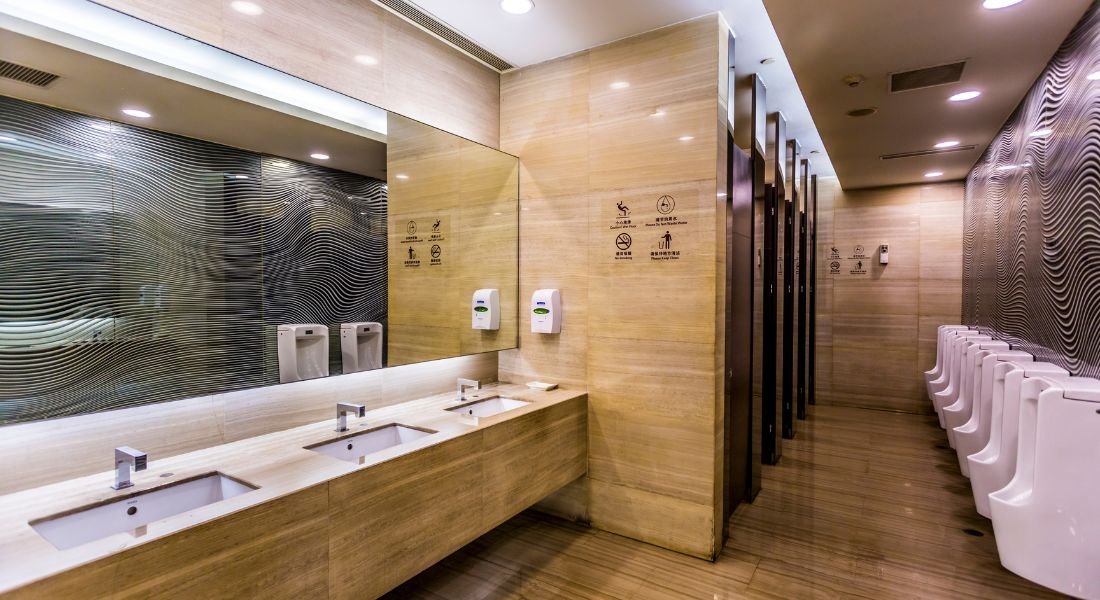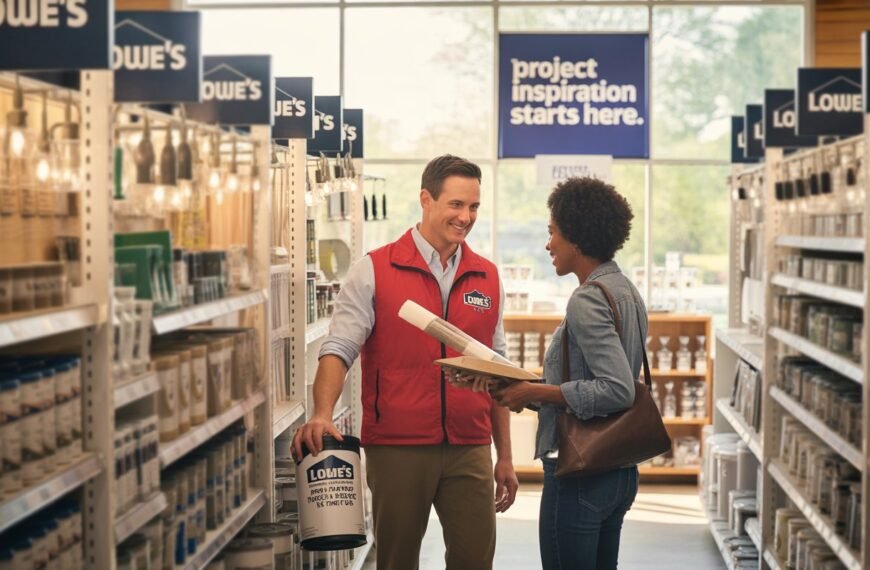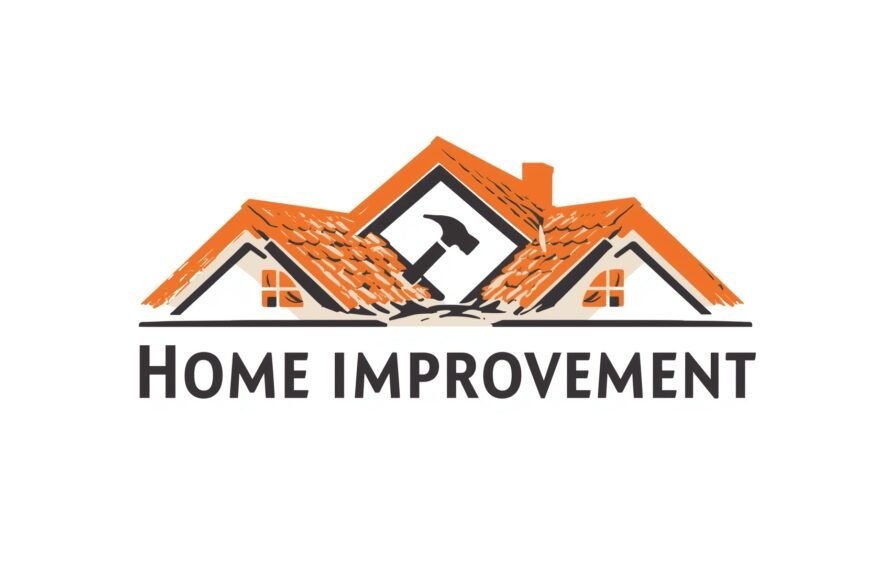Bathrooms are one of the most-used and potentially most dangerous rooms in any home. Slippery floors, awkward layouts, sharp corners, and poor lighting can turn everyday routines into real hazards, especially as we age, recover from injury, or navigate disability. The thing is, most bathrooms aren’t designed with changing needs in mind.
Whether you’re raising kids, caring for aging parents, or thinking ahead of yourself, designing a bathroom that’s safe, practical, and accessible at every stage of life just makes sense. It’s not about making things look clinical; it’s about thoughtful, beautiful functionality that works for everyone.
What does an accessible bathroom really mean?
Accessibility isn’t just for older adults or those with mobility challenges. It’s about creating a space that works better, no matter your age, size, ability, or health status.
A well-designed accessible bathroom can offer:
- Ease of use for young children or those helping them
- More comfort and safety for aging family members
- Easier daily routines during injury recovery or after surgery
- Greater independence for anyone with mobility issues or disabilities
Plus, it adds long-term value to your home. Aging-in-place design is one of the top features homebuyers are looking for today.
Key features of a safer, more accessible bathroom
Designing for lifelong usability doesn’t mean sacrificing style. Here’s where function meets modern aesthetics:
1. Wider doorways
Start here. Standard doors can be a squeeze for walkers or wheelchairs. Expanding to 32″–36″ creates easy access for all.
2. No-step entry
Thresholds and transitions are common tripping points. Opt for level flooring between the hallway and the bathroom. Inside, walk-in showers with no raised lip make a big difference.
3. Non-slip flooring
Polished tile may look great, but it can be treacherous when wet. Choose slip-resistant tile, textured vinyl, or rubber flooring for better traction underfoot.
4. Grab bars (but stylish)
Today’s grab bars come in all kinds of finishes and designs. They can blend in seamlessly with your decor—or even double as towel bars. Install them near the toilet, inside the shower, and at any transition point where stability matters.
5. Comfort-height toilet
These sit a little higher than standard toilets—usually around 17–19 inches high—and make it easier for older adults, tall people, or those with joint pain to sit and stand.
6. Lever-style faucets and handles
Levers are easier to use than knobs, especially for arthritic hands or small kids. Go hands-free with motion-activated options for even more ease (and cleanliness).
7. Good lighting, everywhere
Dim bathrooms are a safety hazard. Use layered lighting: overhead, vanity-level, and nightlights. Bonus points for motion-sensor lights that come on automatically.
8. Lower counters or adjustable vanities
Floating vanities give wheelchair users the room they need while still offering a sleek look. Adjustable or varied counter heights can also accommodate different needs in multi-generational homes.
Tub to Shower Conversion: A Game-Changer for Safety
Let’s talk about one of the smartest upgrades you can make: converting your traditional bathtub into a walk-in shower. It’s a big win for safety, accessibility, and overall convenience.
Here’s why:
Why ditch the tub?
Climbing over the side of a tub—especially a deep one—can be a serious fall risk. For people with limited mobility, recovering from surgery, or simply dealing with stiff joints, that high step becomes a daily obstacle. And let’s be honest, many people aren’t even using the tub. It’s just taking up space.
A walk-in shower removes that barrier. No more balancing acts. Just step in and out with ease.
What are the options?
- Tub-to-shower conversions can be done in different ways, depending on your space and budget:
- Low-threshold shower: A super popular option. These have a small curb (usually under 3″) that’s easy to step over, even with limited mobility.
- Curbless shower: This is the gold standard for accessibility. Completely level with the bathroom floor. Wheelchair- and walker-friendly. Also sleek and modern.
- Prefabricated shower kits: Great for budget-conscious remodels. Many include built-in seating, grab bars, and textured floors.
- Custom tile showers: More expensive, but gives you total control over layout, design, and features.
Bonus features to consider:
- Built-in or fold-down shower bench
- Handheld showerheads on a sliding rail
- Nonslip flooring in and around the shower
- Recessed storage shelves (to avoid bending or reaching)
Converting a tub to a shower doesn’t just make your bathroom safer—it makes it feel bigger, more modern, and easier to maintain. It’s one of those changes that pays off immediately and long-term.
Make it future-proof
Even if you or your loved ones are currently healthy and mobile, that can change—temporarily or permanently—faster than you think. A simple slip, an unexpected surgery, or aging parents moving in… it all happens.
By planning now, you’re not just creating a safer space—you’re creating freedom. The freedom to stay in your home. The freedom to live independently. And the peace of mind that your bathroom won’t become a barrier down the road.
Final thoughts
An accessible, all-ages bathroom isn’t just for “later.” It’s for now. It’s a smart, forward-thinking design that makes daily life easier, safer, and more comfortable for everyone who walks through the door.
From slip-resistant floors to that game-changing tub-to-shower conversion, small upgrades can make a huge impact. Whether you’re remodeling, building new, or making gradual changes—start with the bathroom. It’s one of the best investments you can make in your home and in your future.









